Check me out on:
Google+: | Facebook: | Twitter: | Flickr: | 500px: | Sign Up for My Newsletter :
The Famous Unknown
This is the first Voigtländer review I’ve ever done (but hopefully not the last). For many photographers Voigtländer is an unknown entity, but it is actually the oldest name in cameras, dating back to 1756 when it was founded by Johan Christoph Voigtländer in Vienna, Austria. This is a storied optical company despite its relative obscurity today; a famous unknown. If there is any more familiar comparison for modern audiences, it is to Zeiss, and in fact there was a period in the 20th century when Voigtländer was owned by Zeiss. In 1999 the Cosina lens company of Japan purchased the rights to start manufacturing lenses under the Voigtländer brand. Zeiss lenses are also manufactured in Japan for the most part, and the Voigtländer I’m reviewing here, the Voigtländer Color Skopar 20mm f/3.5 SL II is very similar in many ways to many Zeiss lenses that I’ve previously reviewed. Like those lenses, the Voigtländer 20mm is a manual focus only lens but with full electronic coupling including an electronic aperture iris (you change the f-stop from the camera just like any other lens). The only difference from modern AF lenses is that you have to manually focus…but as we will see, that manual focus is both easy and in many ways a joy.
Since this isn’t a new lens, I ventured out to see what other reviewers had reported about the lens. Few of them had anything to say, but the consensus was that while they appreciated the beautiful mechanical construction, they were less favorable about the optical performance. Their final verdict was not overwhelmingly positive. I bore that in mind as I did my own review, one unique in that I was reviewing the high resolution new Sigma 20mm f/1.4 ART lens (read my review here) at the same and doing a rather extreme comparison between the two.
The two lenses seem to have nothing in common save the fact that they both cover the same focal length, so I wanted to contrast two extremely different approaches to 20mm. My final analysis might surprise you…so read on.
By the way, doing this review has taught me a new life skill: ALT+228 produces the ä character.
Prefer to watch your reviews? I’ve got you covered…just click below!
Mechanical Construction
There is one thing that all reviewers can agree on; this is a splendidly made lens. Regular readers know that I have a soft spot for vintage (legacy) glass, particularly the well-made Zeiss and Takumar lenses from the past. The Voigtländer 20mm has all of that classic goodness along with some modern electronics to make life simpler. This is a “pancake” lens, and, as such, is fairly comparable in size to the Canon EF 40mm f/2.8 STM and the Canon EF-S 24mm f/2.8 STM (both of which I own).
________________________________________________________________________________
| Lens | Diameter | Length | Weight | Min Focus | MM |
| Canon EF-S 24mm f/2.8 | 2.69”/68.2mm | .9”/22.8mm | 4.41oz/125g | 6.3”/16cm | .27x |
| Canon EF 40mm f/2.8 | 2.7”/68.6mm | .9”/22.9mm | 4.6oz/130g | 11.8”/30cm | .18x |
| Voigtländer 20mm f/3.5 | 2.76”/70mm | 1.23”/31.2mm | 8.47oz/240g | 7.87”/20cm | .16x* |
*Estimated
________________________________________________________________________________
The Voigtländer is slightly larger in every dimension but still obviously extremely compact. It is less than an inch and a quarter long. The only real deviation from the Canon lenses is in the weight, which, while still light in comparison to many lenses (the Sigma 20mm f/1.4 ART I just reviewed weighs a whopping 950g!) is still considerably heavier than the Canon lenses due to being all metal and glass. It feels infinitely better made than either of those lenses and is mechanically a delight to operate. It feels very dense and substantial in the hand. It has a timeless look much like the Zeiss Planar T* 1.4/50mm that I reviewed a few years ago. Because the lens is so short it is pretty much covered with focus distance markings and hyperfocal aids, but in a tasteful way. The finish is a black satin.
The Voigtländer 20mm is quite a pleasure to focus. It has a beautiful mechanical structure, with a beautifully damped focus ring like only the best manual focus lenses have. It feels just like some of my favorite Zeiss and vintage Takumar lenses, and thus, while expensive, it feels like a quality, long term investment in a lens to buy, keep, and use for many, many years. The lens is obviously very compact, so the knurled section of the metal focus ring is fairly narrow. It is positioned right towards the front of the lens, though, so it is very easy to find by feel. The focus ring has a perfect amount of focus throw, and on the copy I reviewed correct infinity focus was found at the hard stop. When I shot a nightscape I simply turned the focus ring to infinity and got accurate infinity focus (I had tested this in advance).
The front of the barrel will very slightly extend during focus, but the front element does not rotate, which means that using circular polarizers is fine. The front filter thread is a very common 52mm, and using a filter (or two) did not introduce additional vignette (more on that in a moment).
As previously noted the aperture iris can be controlled electronically via the camera in either Canon or Nikon versions. Much like Zeiss lenses, the Nikon version includes a manual aperture ring while the Canon version does not. The built in CPU on the lens allows for full metering functionality as well.
Note the “Cosina” manufacturing brand on the bayonet mount.
The lens optical formula is 9 elements in 6 groups; a bit more complex than the Canon pancake lenses due to the much more demanding focal length. Included in the formula is one aspherical element. Voigtländer also touts that every optical surface is fully multi-coated, and the lens is certainly nicely resistant to flare. It has nine rounded aperture blades and will retain a round aperture shape through f/5.6, after which the shape becomes a bit nonagonal.
While the lens can focus down quite closely (under 8 inches), the combination of focal length and unimpressive maximum aperture means that this lens is hardly going to produce much bokeh in the best of circumstances. There is nothing wrong with what bokeh it produces, however.
When stopped down the lens produces quite nice 18 pointed sunbursts, though they aren’t quite as nice as those produced by the Sigma. The overall look of this image, however, I preferred to a near identical one I took with the Sigma.
I’ve raved about the build and mechanics, but let me balance that with one marked criticism: both the front and rear lens caps stand out in a negative way as feeling cheap in comparison to the gorgeous lens itself. The front cap is a center pinch style that looks somewhat like Canon’s new caps but feels much flimsier, and the very shallow rear cap feels extremely dated (much like what I have on some of my legacy lenses from long ago when plastics were less refined). At least it isn’t as massive as the new Sigma 20mm f/1.4 cap!
If I were to own this lens I’d probably replace both caps (particularly that rear cap!) I felt the same way about the Zeiss Planar T* 1.4/50mm. I should also note that no lens hood is included. The LH-20 lens cap is an optional accessory and costs a steep $45. It would offer some protection value, but little actually shading of the lens. My opinion is that the greatest purpose it would serve is to help to protect the front element when it has extended due to close focus.
Here’s a few more pictures of this little beauty:
Voigtländer 20mm Focus Observations
Many photographers are scared off as soon as they hear the words “manual focus”. I have used some MF lenses that did require a great deal of skill to use right (both the Zeiss and Samyang 135mm f/2 lenses come to mind!), but this lens is far from a challenge to use even if your skill level isn’t high. The combination of a smallish maximum aperture and wide focal length means that focusing this lens is rarely a challenge. Even wide open (f/3.5) at 6 feet the depth of field is already about 7 ½ feet. If you are 10 feet from your subject the depth of field becomes a massive 44 ½ feet, and at that same distance if you stop down to f/5.6 the depth of field becomes infinite. In other words it is very easy to get something (everything) in focus.
It also helps that the Voigtländer 20mm has hyperfocal markings for a variety of aperture values. I don’t actually recall missing focus on any shots for the review. There were a few that I wished I had planned my hyperfocal distance a little better, but the focus itself was correct. The accurately calibrated infinity focus hard stop helped too; if I wanted to focus at infinity I just twisted the focus ring there.
I used a Canon EOS 6D body for the review with an EG-S Super Precision Matte focus screen especially for manual focus lenses (I keep one of my 6D bodies setup this way). While the name is a mouthful, it really comes down to one thing; the viewfinder shows true depth of field, or put even more simply, you can accurately see when things are in focus with a much greater degree of accuracy than with the standard focus screen. Many people have never dared change their focus screen, but the focus screen costs $35 and literally took me less than two minutes even the first time I changed one out. Very simple.
The lens also has focus confirm so that the appropriate focus point lights up when the camera detects focus has been achieved. The end result; this lens is exceptionally easy to focus.
How About the Optics?
The reviewers were not wrong when they said the lens is not particularly sharp. Center resolution is quite good, actually, but the corner resolution lags and the extreme corners really lag. This is fine if you are shooting relatively close and just want center focus, like with this shot of some spring blossoms.
If you want acceptable corner performance, though, you need to stop the lens down. Here’s a landscape image at f/3.5 along with the crops from across the center of the frame.
Using the lens between f/5.6and f/8 hits its optical sweet spot (f/5.6 provides peak center performance but f/8 produces the best balance across the frame). Here’s the same series as before, except now at f/8.
The lens can be stopped down to f/22, but starting at f/11 diffraction will slowly start to set in and give you ever diminishing returns. I thought that my controlled f/11 sample still looked a bit better overall in the corners than the f/8, though.
I am probably the only lens reviewer [ever] to directly compare the Voigtländer 20mmwith the Sigma 20mm f/1.4 ART, but in a controlled, head to the head comparison I found that at f/5.6 and f/8 the Sigma had the advantage in sharpness over the most of the frame (the extreme corners actually slightly favored the Voigtländer, through the center of the frame edges were clearly a win for the Sigma. That being said, however, the Sigma is sharper in the mid-frame edges at f/1.4 than the Voigtländer was at f/8 in my tests.
I did find that I slightly favored the color rendition of the Voigtländer, although I liked the contrast from the Sigma better. It is worth noting that the Voigtländer framed a bit wider, so the Sigma may be [slightly] fudging on the 20mm designation. I set my Tamron 15-30 VC lens to the 20mm setting and found that the Voigtländer was equally wide, so I believe that it is a true 20mm. This is nice in so compact a lens.
The comparison before this showed the left hand of the frame, and this one shows the right. In both you can see that the Voigtländer is noticeably wider.
Beyond a general lack of high resolution, the Voigtländer 20mm has only one significant optical flaw: a very heavy vignette. At f/3.5 (wide open) I have to maximize Lightroom’s manual vignette correction sliders (100%) in both amount of correction and how far I have to extend the correction into the frame. The Sigma actually had minutely more vignette (at f/1.4), but unlike the Voigtländer it clears up fair quickly. There is a standard profile for RAW images that will make the proper correction, but if you are shooting at higher ISO settings you may introduce some noise into the corners because of the amount of vignette correction required. Even at f/5.6 I still need to do more manual correction that I need to with most lenses. At no point (aperture value) does the vignette disappear completely, though it is pretty well gone by f/8. This is most certainly a byproduct of the compromises inherit in such a compact lens.
This is not going to be anyone’s top pick for night sky shooting (astrophotography) because of its slowish maximum aperture and heavy vignette. It’s coma control isn’t fantastic; expect stars or other bright points of light on the edge of the frame to grow wings and look a bit smeared. Wide open (f/3.5) the particularly bright stars towards the edges look like tiny white birds trying to fly out the frame!
I was disappointed by the Sigma in this regard as well, but, in all fairness, it was a bit better than the Voigtländer. Still, don’t let my review stop you from using this lens to shoot the night sky; images are still attractive at typical viewing proportions. They just don’t hold up under detailed inspection. This image, for example, I really like, even if I am critical of the coma at a pixel level.
If little of that seems positive, read on…things do get better.
There are certainly a number of praiseworthy things, too. Chromatic aberrations are very well controlled even wide open, so CA won’t be a factor in reducing apparent sharpness or adding unwanted color tints. The lens is also very flare resistant, and even when I put the sun strongly in or right out of the frame I had no issues with either ghosting or veiling.
I also really like the color rendition from the lens. Colors are rich and yet accurate. It is akin to Zeiss lenses in this regard, as is the ability to produce nicely three dimensional images.
So here’s the bottom line: the lens does not chart well nor necessarily produce amazing results in the fine details, but yet I liked the look of the images the lens produced on a global level, and the ones that I’ve shared from the lens have been very well received. Some lenses chart well and yet produce images that are less than the sum of their parts. For some lenses the opposite is true, and that is what I feel after having used the Voigtländer 20mm for the past five weeks. The lens isn’t nearly as sharp as the Sigma, and yet when I processed images that I took at the same time and of the same subjects the processing didn’t really seem much different…nor did the end result.
I got a lot of images I loved with the little Voigtländer – take a look at the Lens Image Gallery to see many more of them.
Conclusions
I mentioned that as a part of my review process I looked at the feedback from some fellow reviewers (the rare ones that have spent time with this lens). Their reviews were generally not favorable. It’s not that I disagree with them; when one measures this lens on charts or in an absolute optical sense it is far from the top lens that I’ve ever reviewed. But as I used and travelled with this lens I began to wonder if perhaps those reviews weren’t missing the point. While this lens lacks the superlative optical performance of the new class benchmark that I was concurrently reviewing (the Sigma 20mm f/1.4 ART), I’ll let you in on a little secret; I actually reached for the Voigtländer 20mm more often. Why? One simple reason: it was easy to bring along. If I went out with a telephoto or another prime as my principle lens, it was a no brainer to throw the Voigtländer 20mm in a pocket or a little padded case attached to my lens bag. Having the ability to have that great focal length in such a compact package was very liberating. If I brought it along and never used it, I wouldn’t think it a big deal because the size/weight impact was so minute. There are a number of you that simply don’t want massive prime lenses (like the Sigma), so you may just find that this is a perfect alternative.
If you are traveling and want access to a wide focal length, it is a great option. If you don’t often shoot wide angle but would like to the have the option in your arsenal, it’s a great choice. If you just prefer a light, discreet lens, it’s a great option. It isn’t cheap (US price is $499), but is cheaper than most of its direct competitors. When stopped down to optimal apertures (f/5.6-f/8) the images for landscape turn out fine, and even the wide open aperture (f/3.5) has plenty of usefulness (just so long as sharp corners aren’t a part of the equation). The Voigtländer Color Skopar 20mm f/3.5 SL II uses traditional filters in a small size (52mm), has good color, CA control, and flare resistance. It is easy to handhold even stopped down because of the wide focal length. Other than the cheap feeling front and rear lens caps the build and construction are gorgeous and the lens feels like it will last a lifetime. Full confession: I’ve caught myself trolling eBay and B&H’s used department looking for a cheap used copy. I don’t need this lens (I have several lenses covering this focal length), but I sure wouldn’t mind having one!
Pros:
- Wonderfully compact for this focal length (a fraction of the size of the Sigma ART lens)
- Fantastic mechanical construction
- Very easy to focus and use
- Great color rendition
- Great flare resistance and chromatic aberration control
- A true 20mm focal length in a pancake size
- Lovely drawing and global look to images
- Well calibrated infinity focus
Cons:
- Corner sharpness poor at wider apertures
- Maximum aperture of only f/3.5
- Strong vignette
- Poor coma control
- Lens hood not included, and lens caps feel cheap compared to the lens
Gear Used:
Canon EOS 6D DSLR Camera (Body Only)
Super Precision Matte Eg-S Interchangeable Focusing Screen
Voigtländer Color Skopar 20mm f/3.5 SL II
Adobe Lightroom CC Software for Mac and Windows (Boxed Version)
Adobe Photoshop Creative Cloud 1-Year Subscription
Alien Skin Exposure X (Use Code “dustinabbott” to get 10% anything and everything)
Purchasing your gear through B&H and these links helps fund this website and keeps the articles coming. Thank you for your support.
Great News! I can now offer a 5% discount on all purchases at Amplis Foto, Canada’s Leading Photographic Supplier. Please enter discount code: AMPLIS52016DA in your cart. It is good for everything in your cart, and is stackable with other coupons, too! It will take 5% off your entire order! Proceeds go towards keeping this site going and providing you with new reviews!
Check me out on:
Google+: | Facebook: | Twitter: | Flickr: | 500px: | Sign Up for My Newsletter :


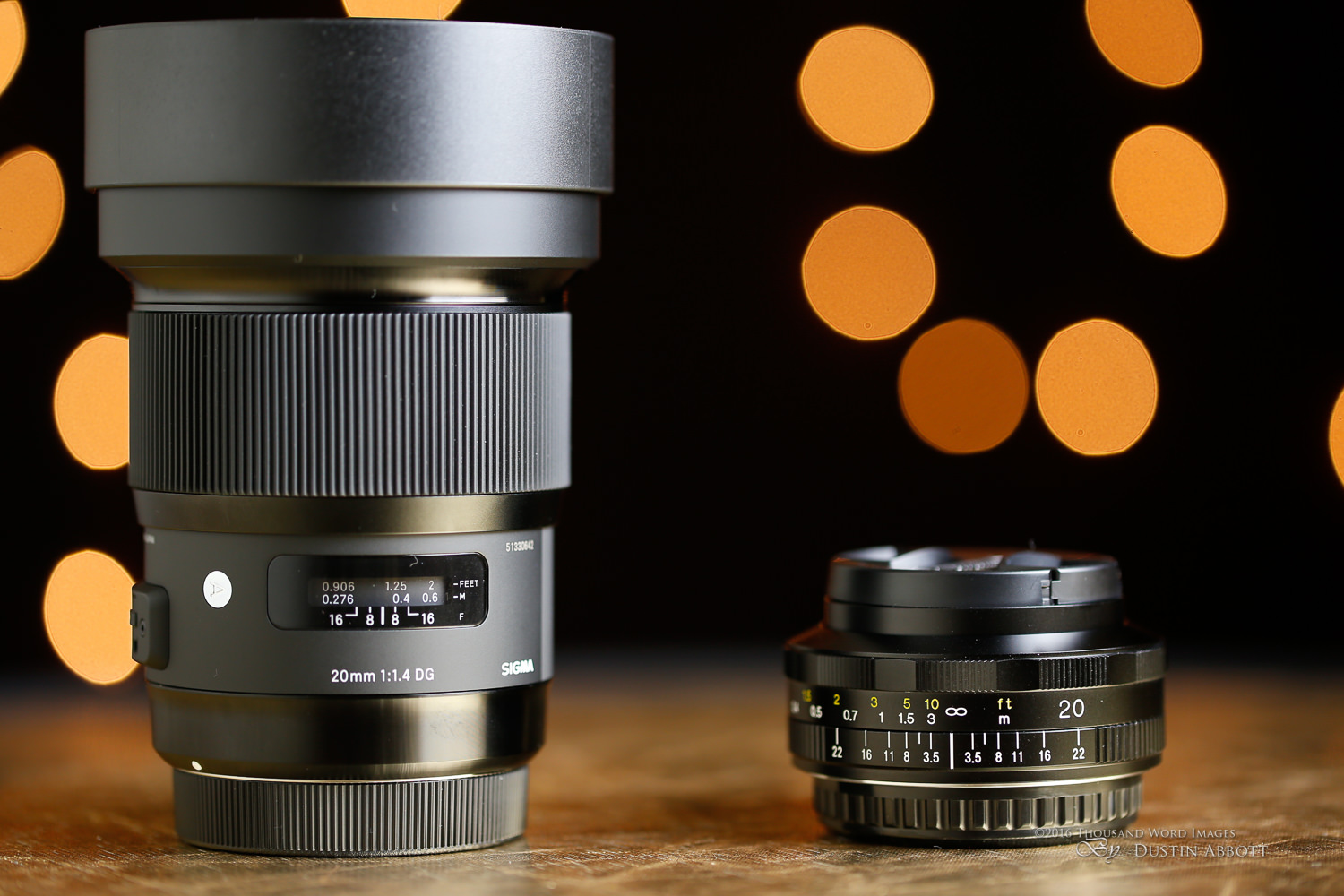
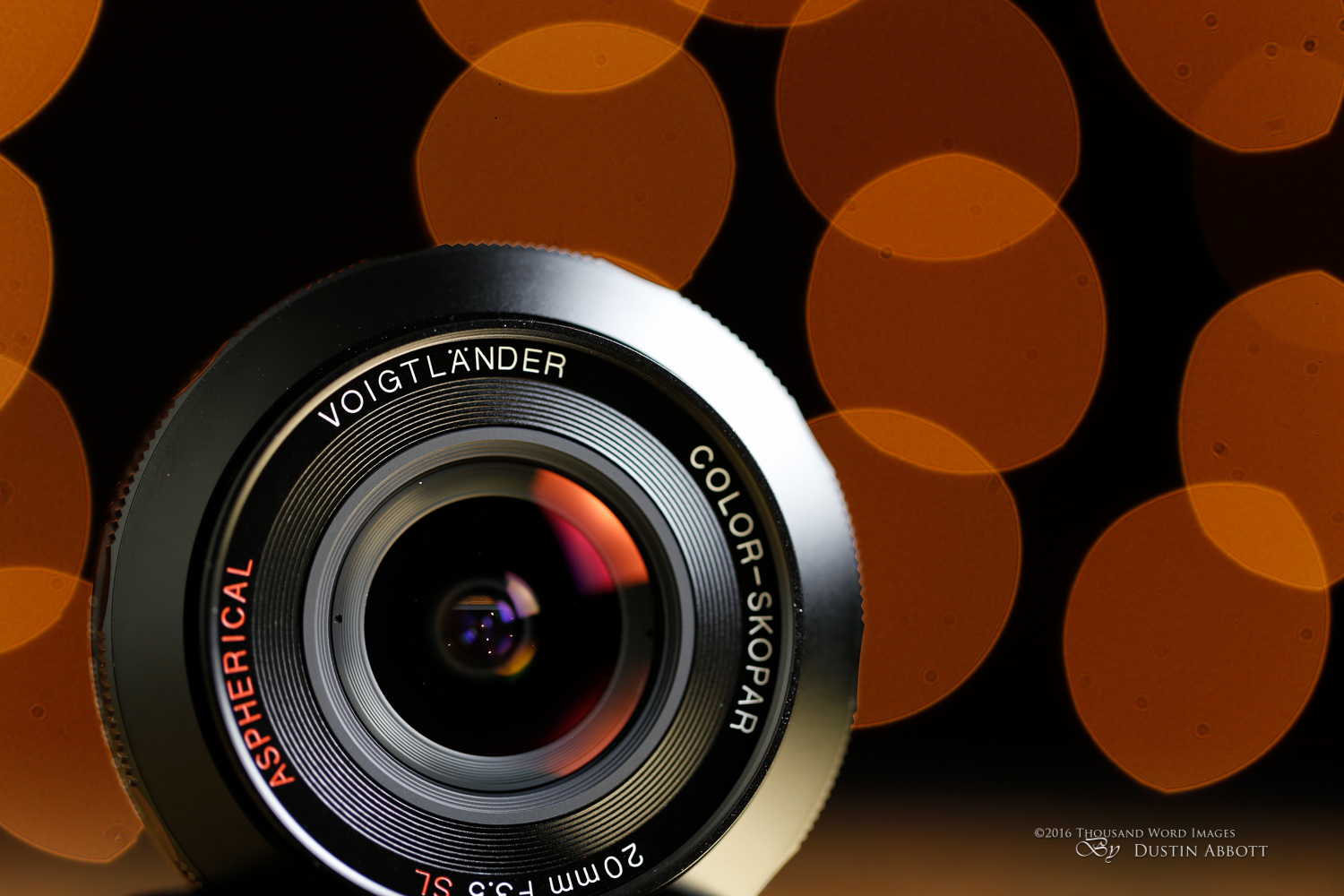
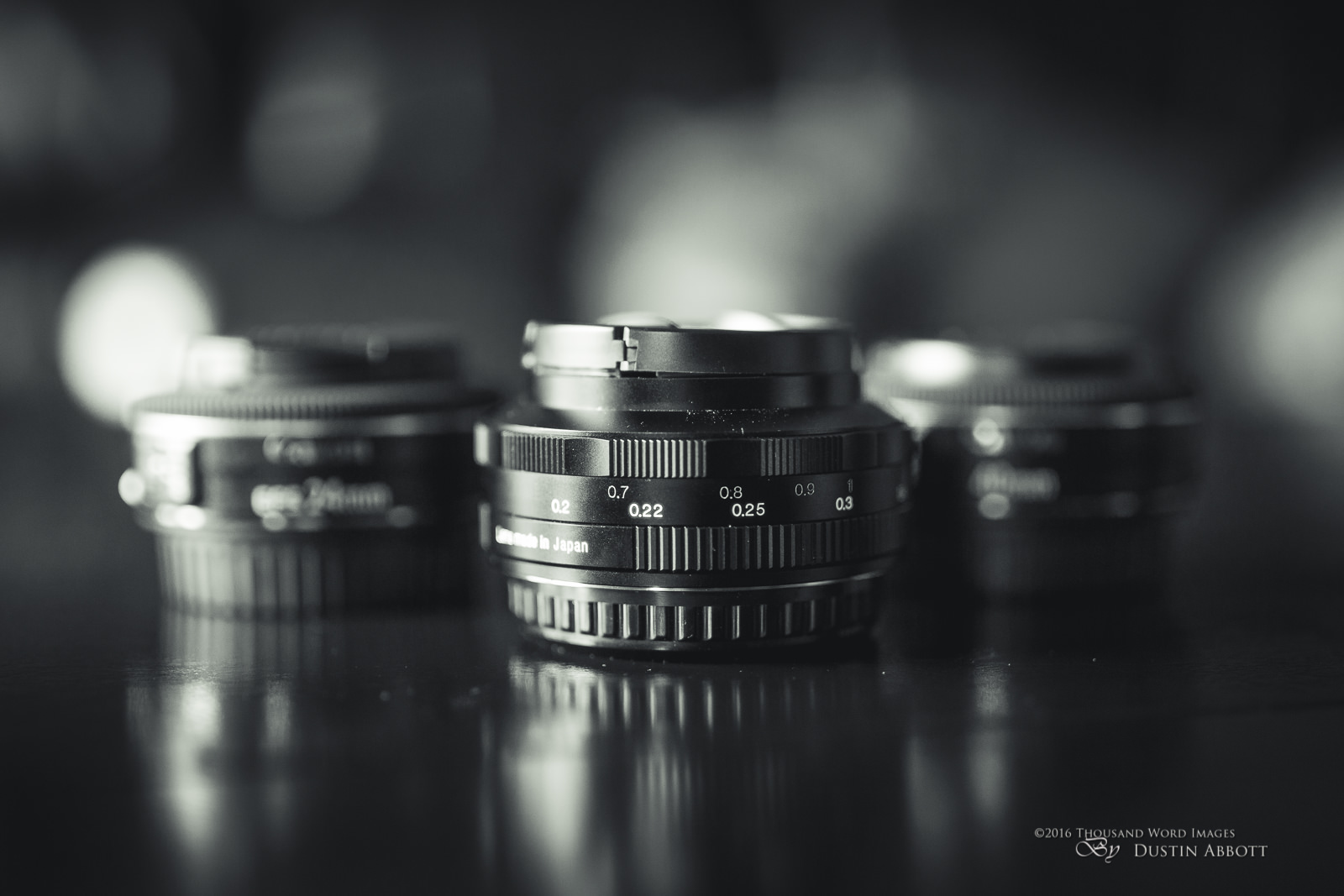
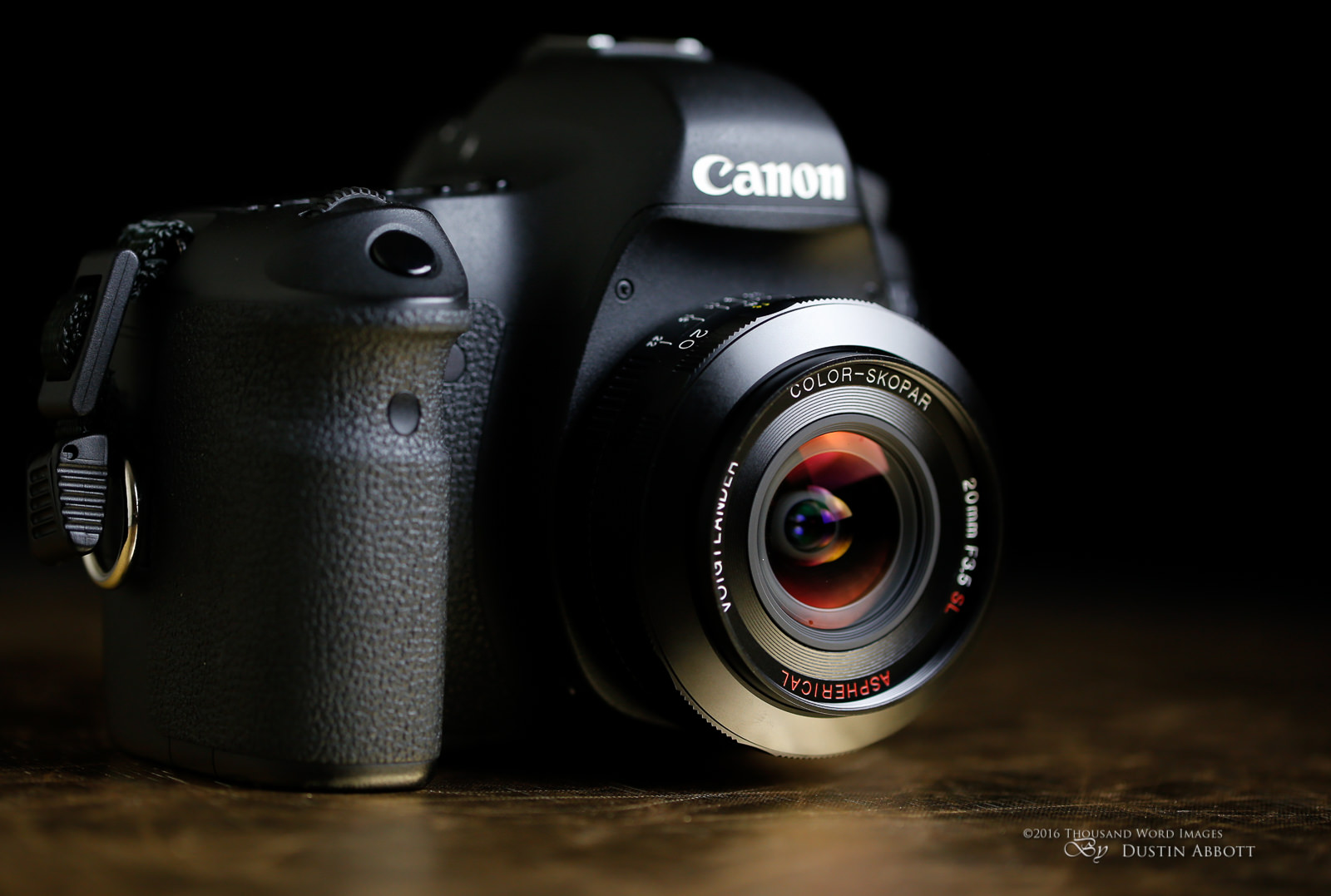
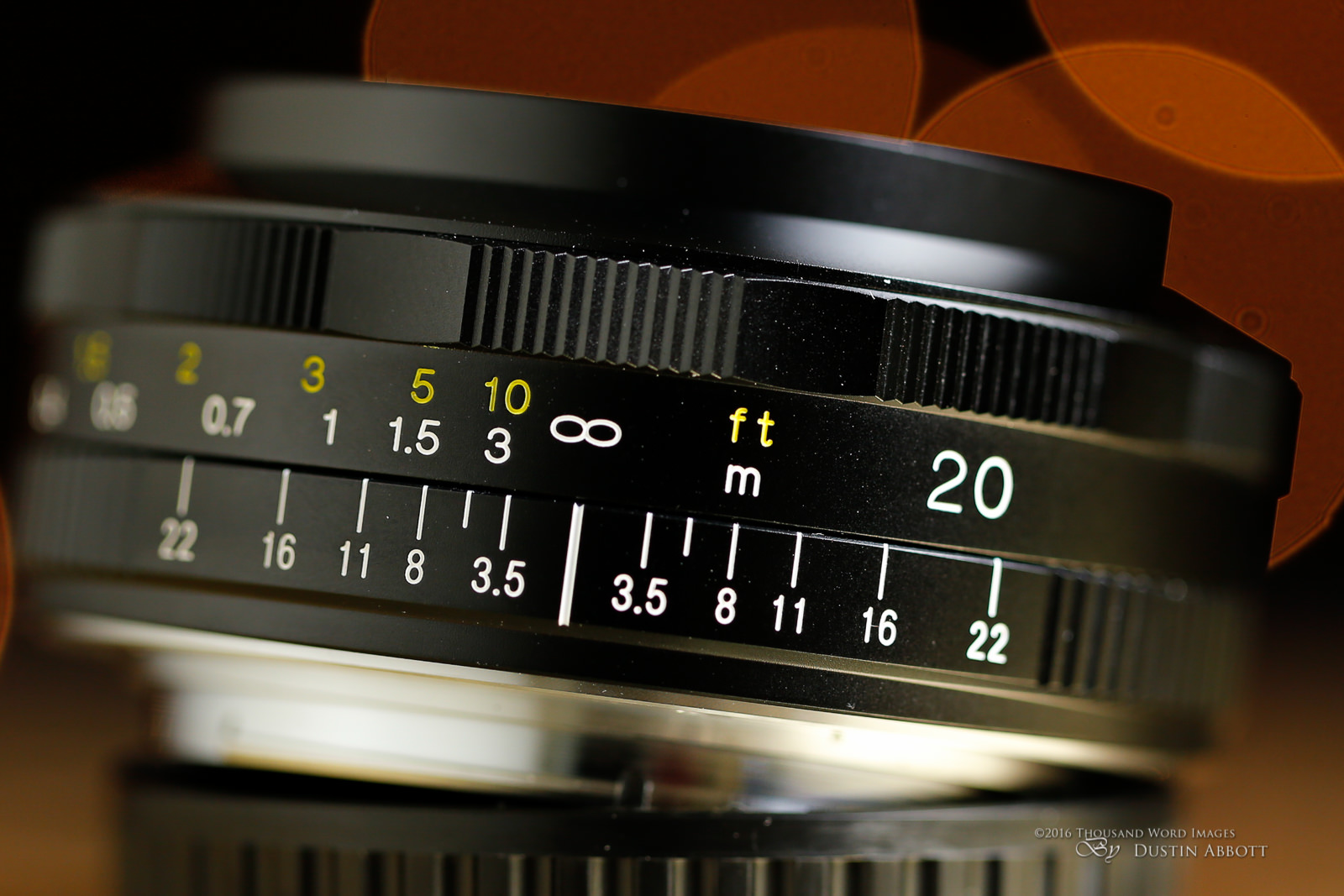
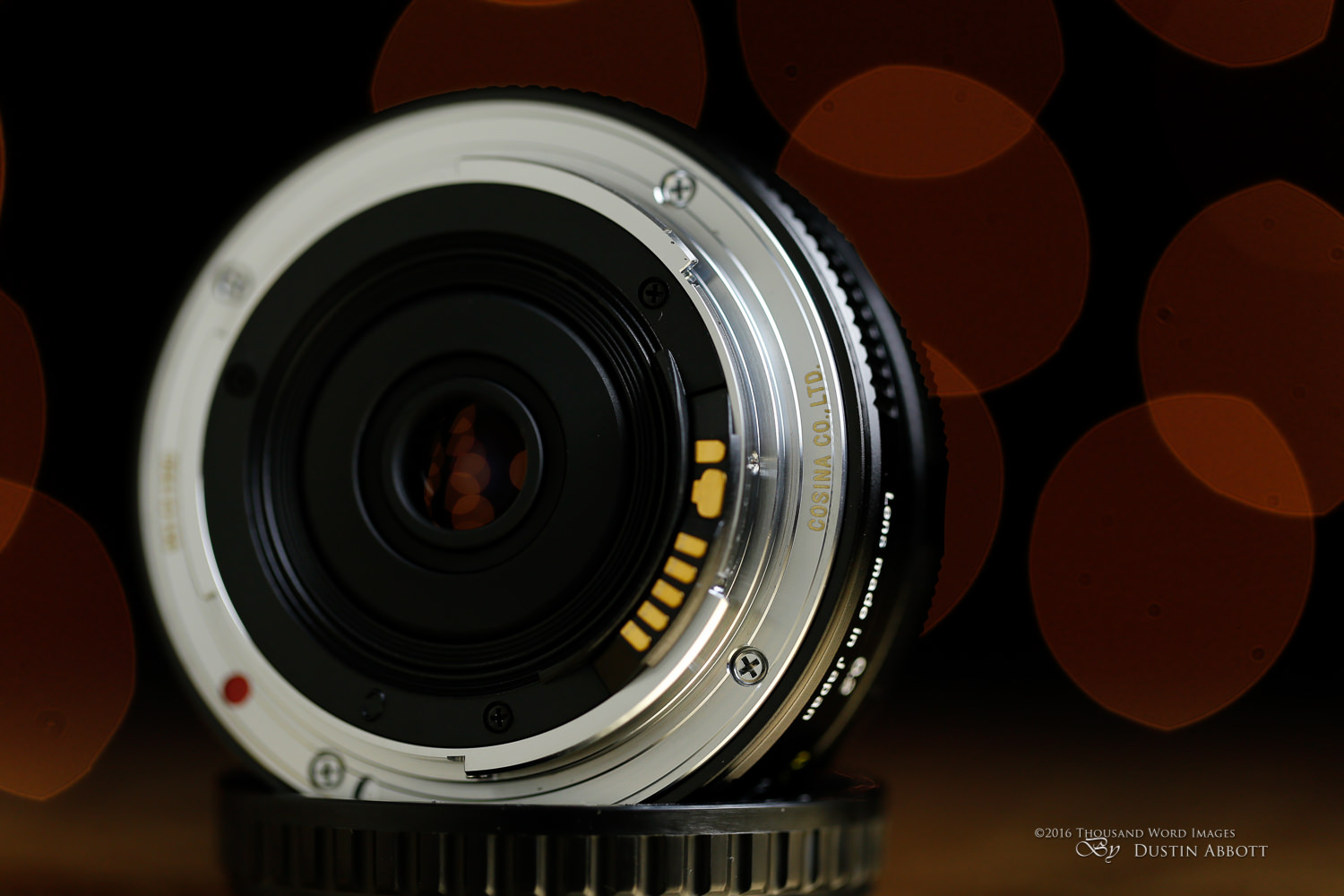
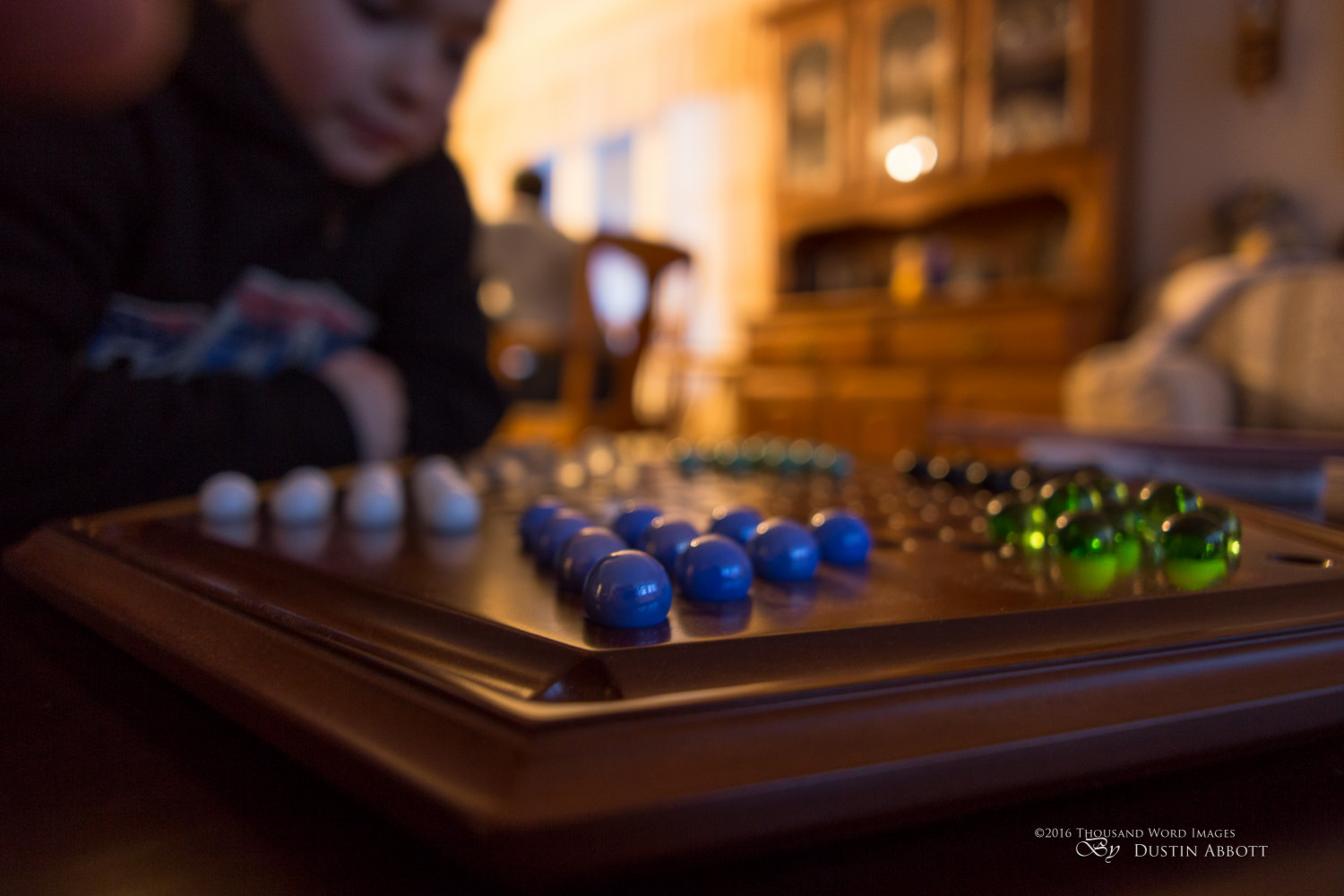

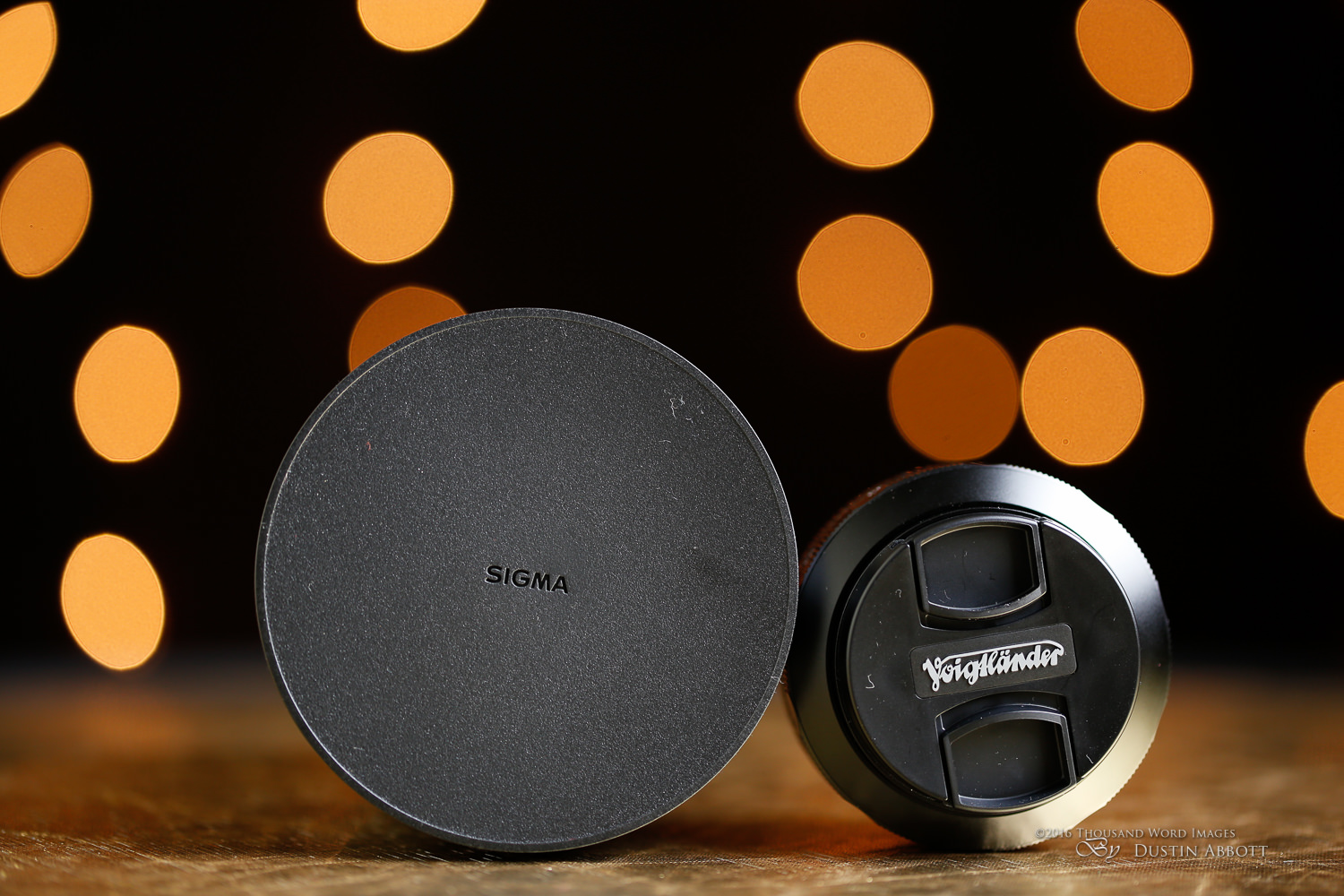
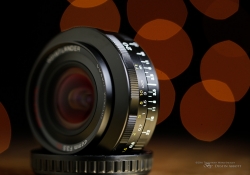
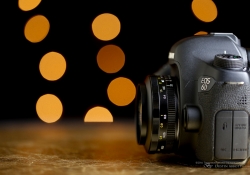

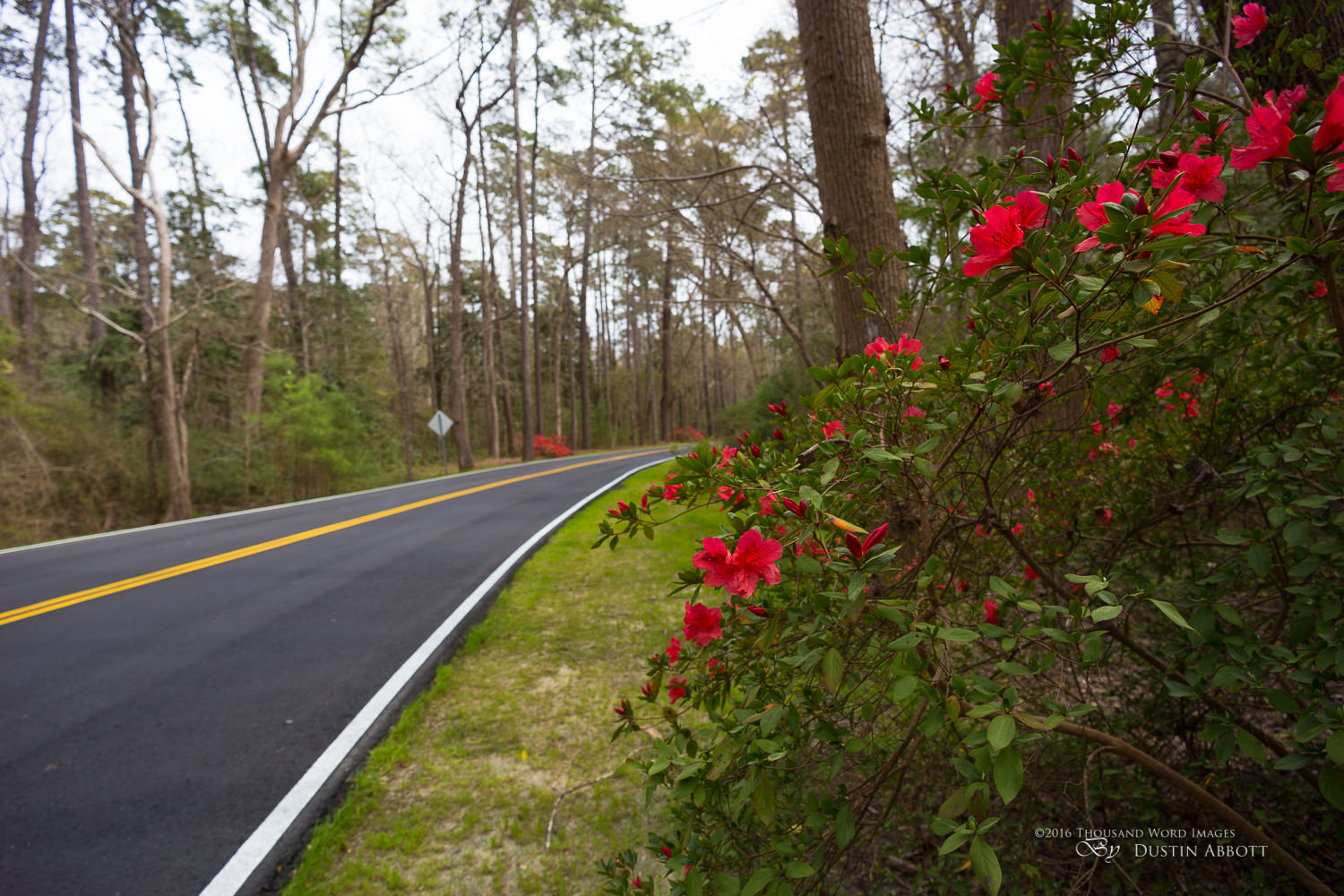


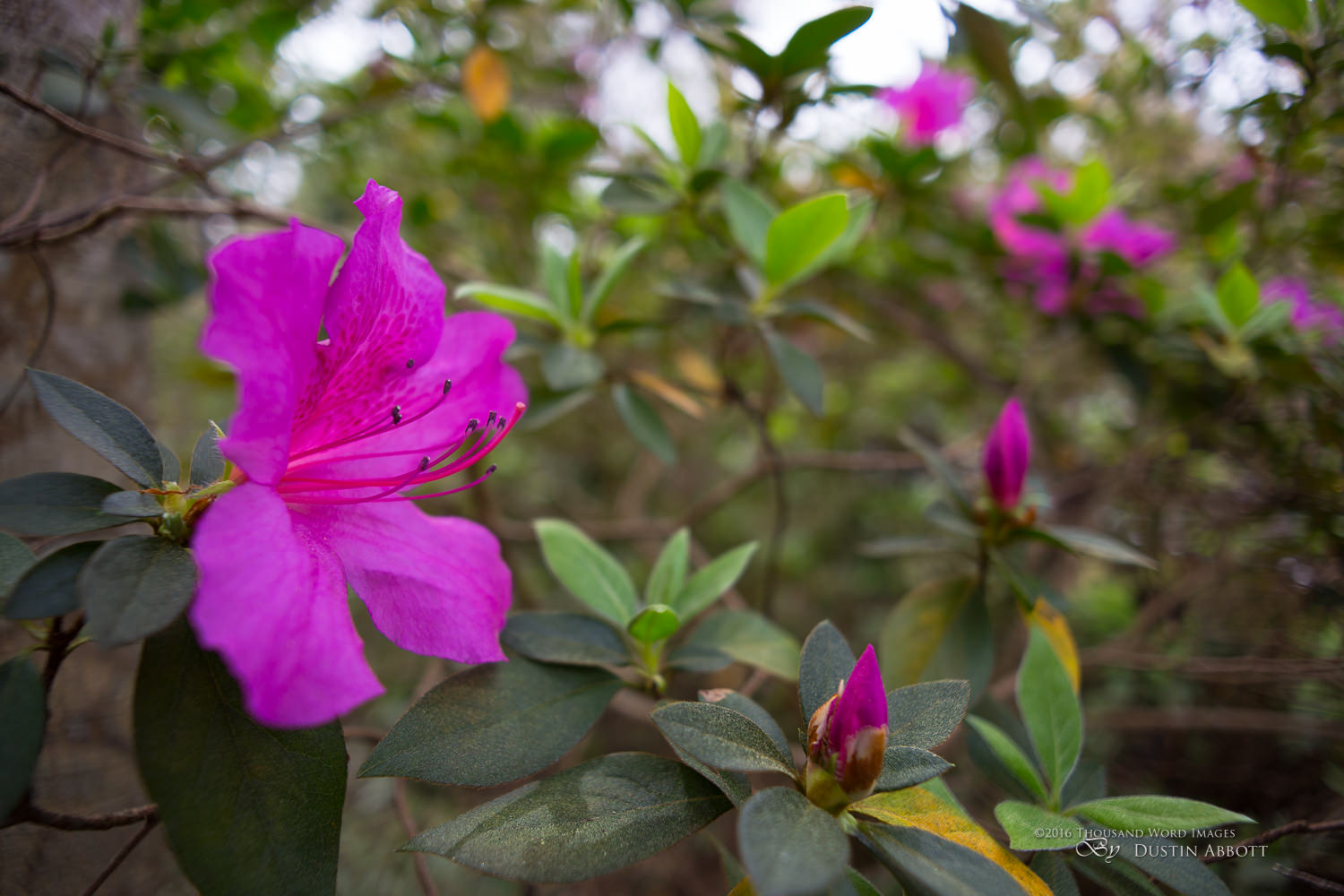
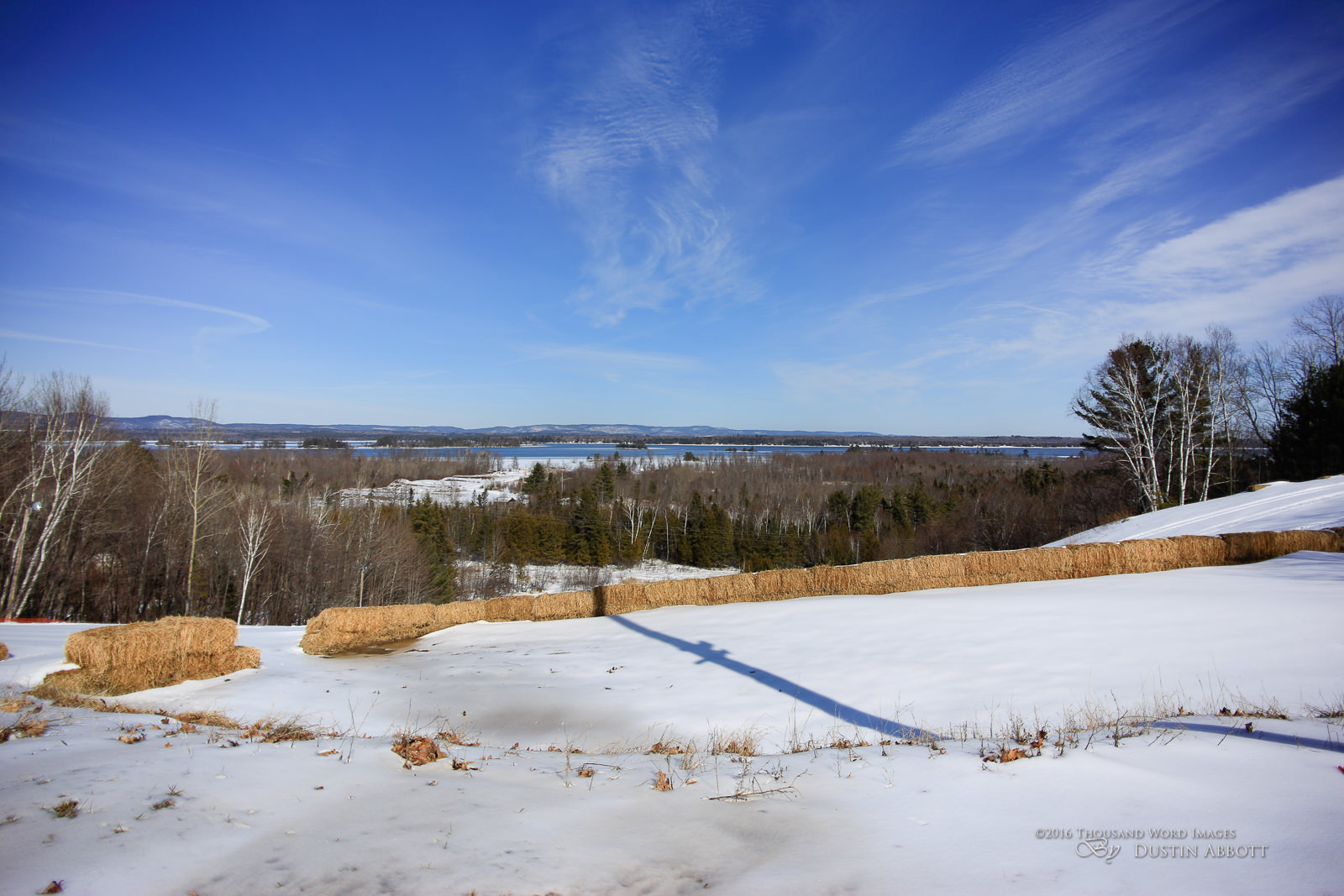

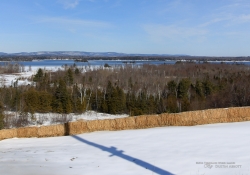
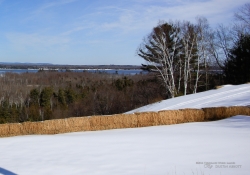
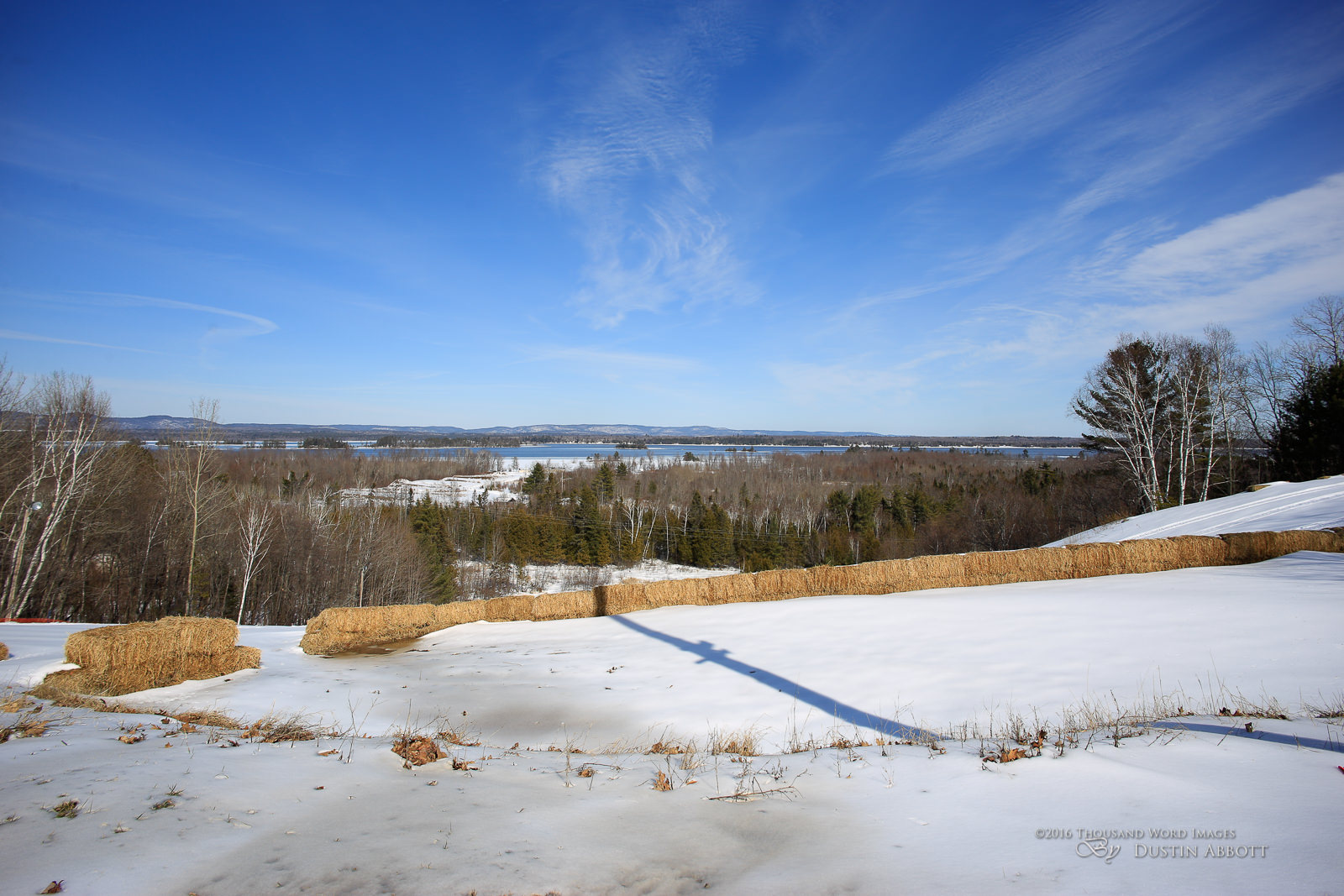



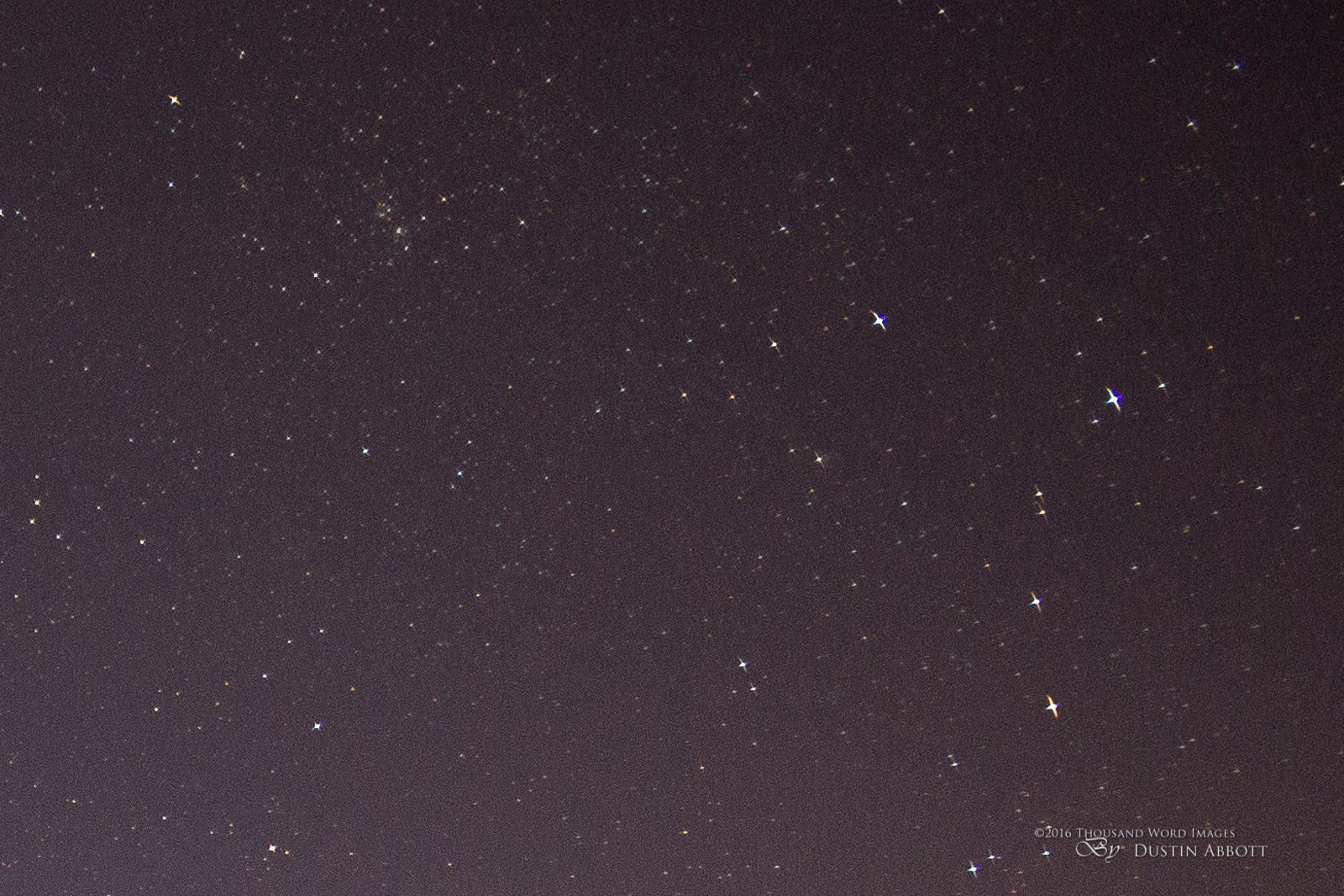

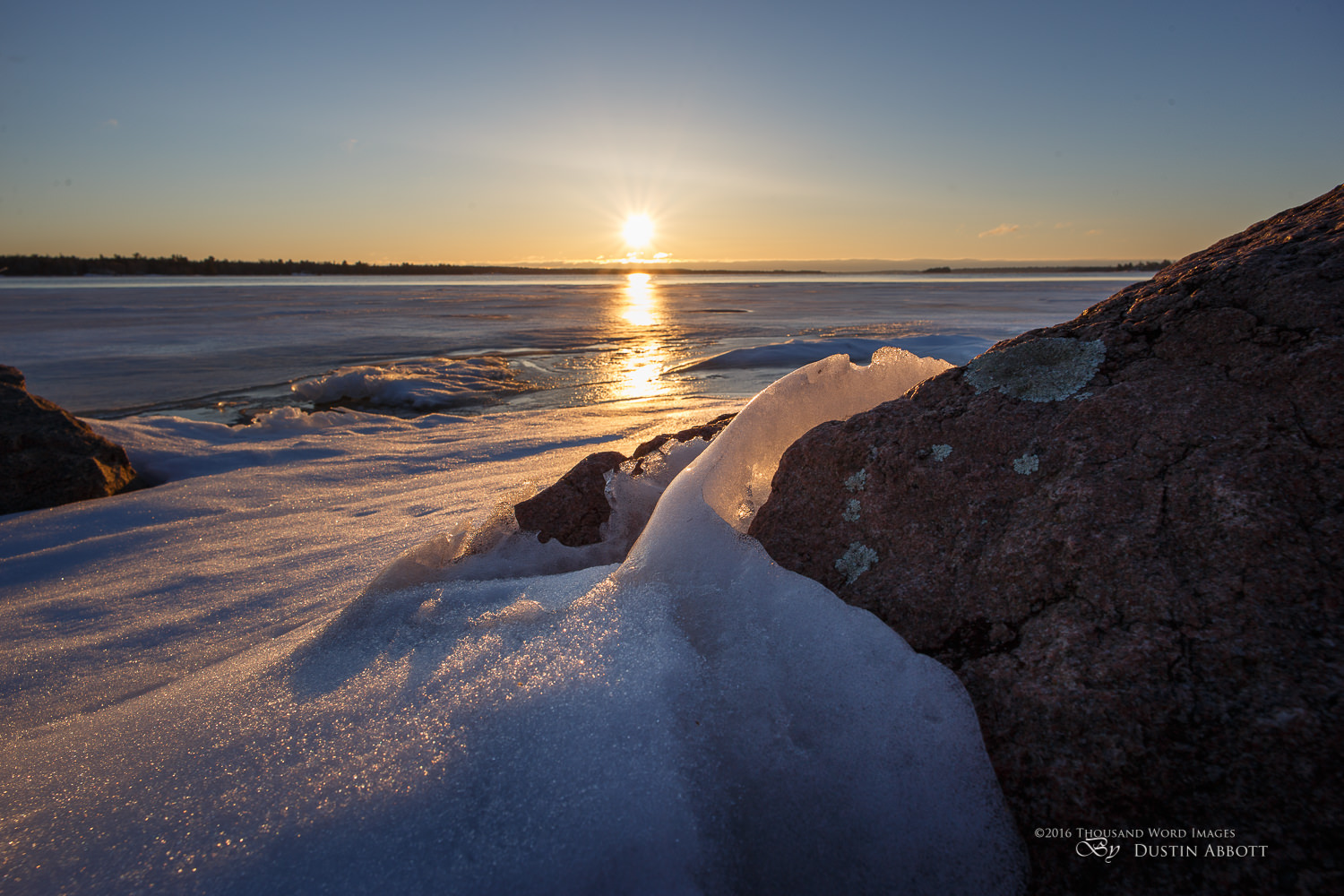
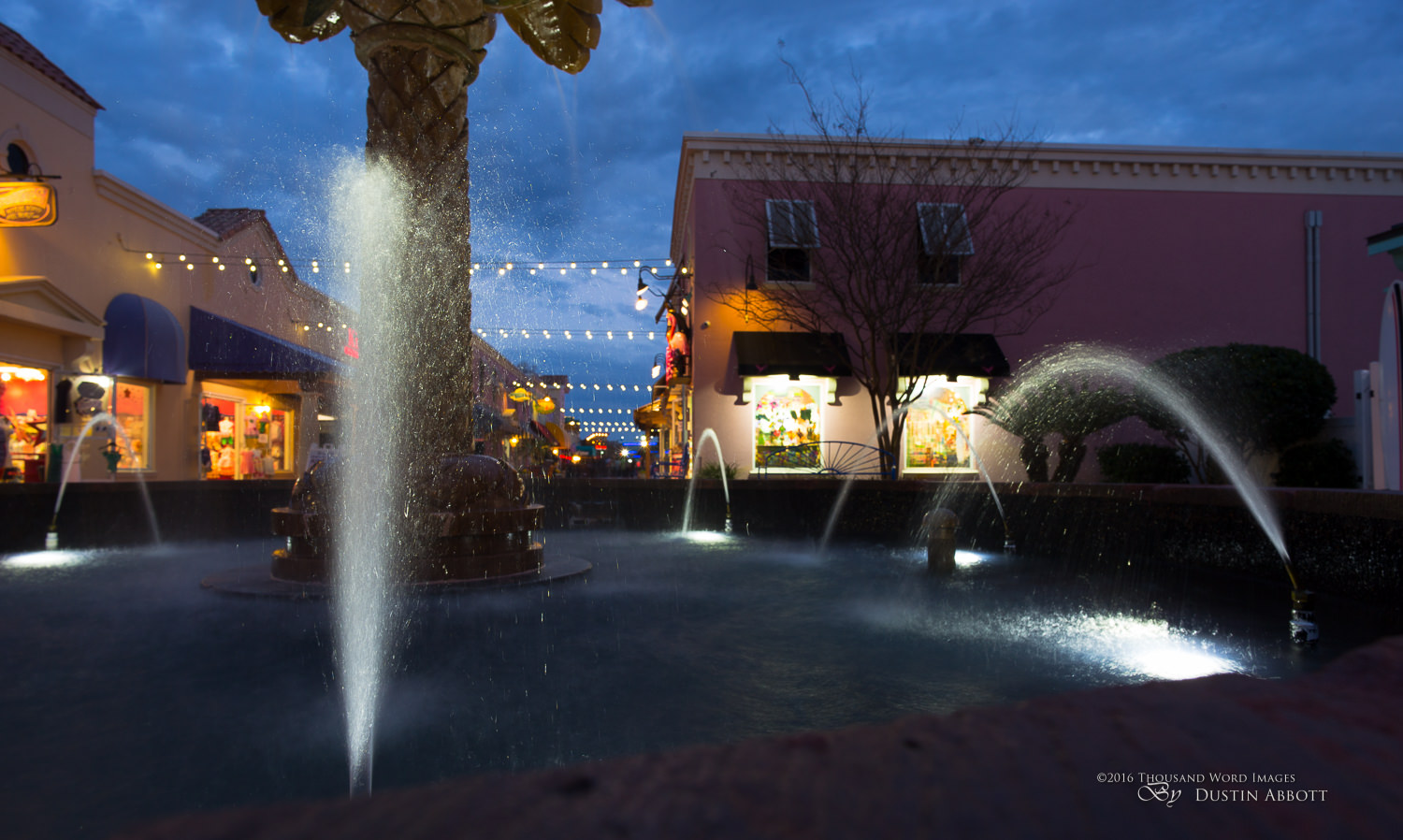
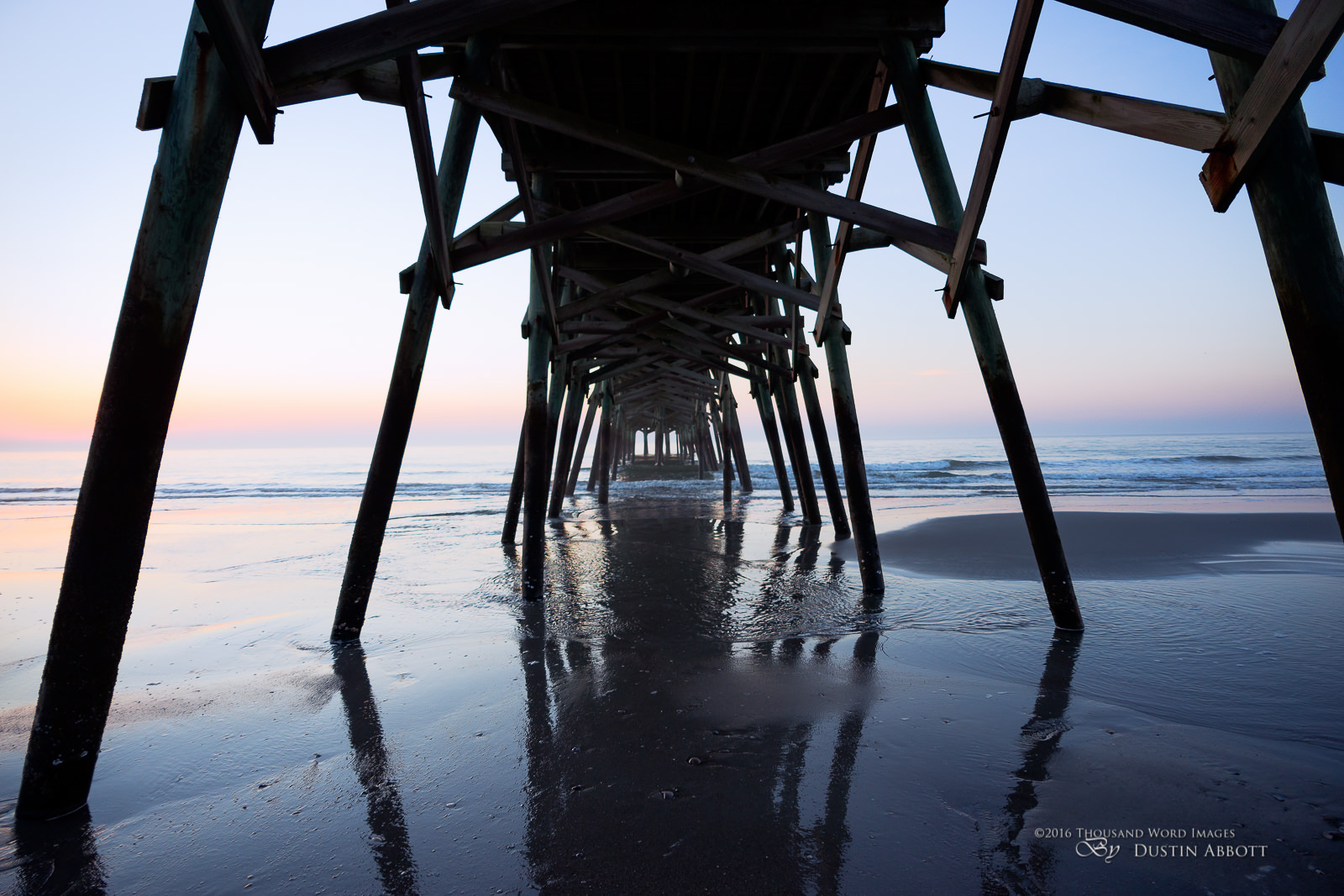
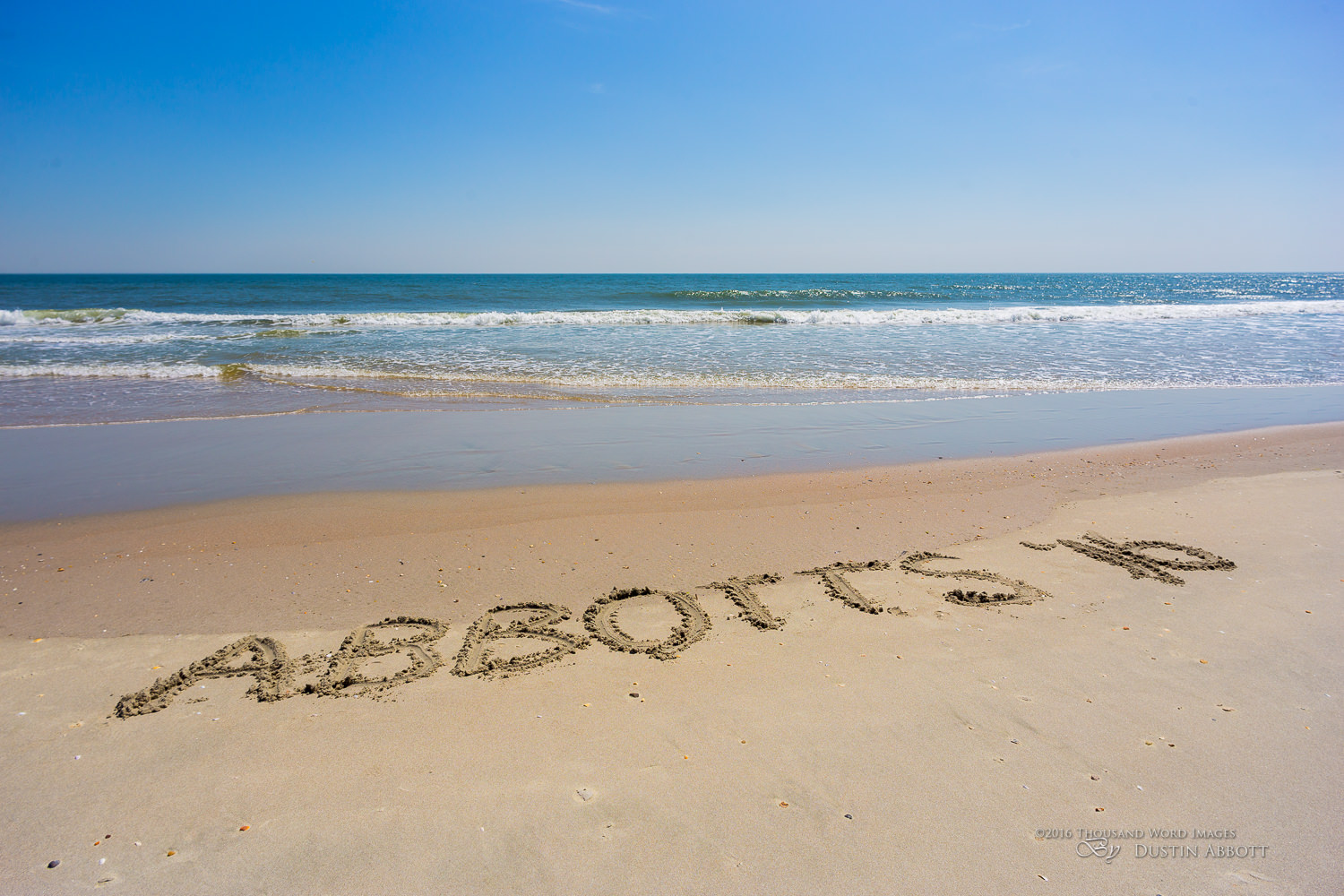

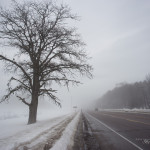
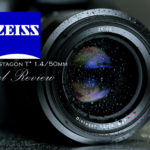
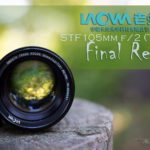
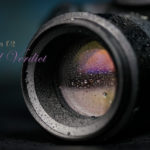
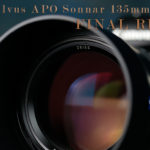
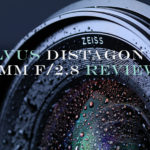

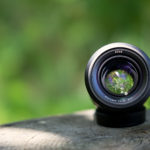

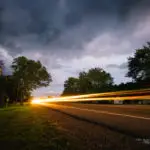
Thank you so much, Dustin, for another super thorough, well balanced review! This must take a ton of time and consideration. I was initially drawn to the Sigma for the wide aperture but the size and weight give pause, especially if it won’t be used that much relative to other lenses in the kit. Most often, I find myself grabbing and going with the 6d in a smallish bag with the Canon 28/1.8 and 85/1.8 lenses and the 40mm pancake thrown in, because it can (surprised how often I use this lens). I would love to have wider without much size/weight penalty and this seems to fit the bill–worth a rental to see how well it works for oneself at least.
I know exactly what you mean about lenses punching above their spec sheet class, as I found that with the zeiss 50mm Planar I rented a couple years ago–loved the look and color of those images (though I wasn’t skilled enough to focus consistently even after changing the screen).
Fantastic review Dustin, I love all the Voightlander SL II series lenses. Their color rendition is the look I want with my images. I’ve slowly been building up my collection and this 20mm is the last I need. (Own the 28,40,58,and the out of production 90 3.5). If you really want to be blown away, give the 40mm a go, it’s an incredible lens and what started me going out of my way to buy up the rest of the lineup.
[…] lens leaves little room for the focus ring. In many ways, I’m most reminded of the tiny Voigtländer 20mm F3.5 I reviewed years ago. That too was a tiny, manual focus wide angle lens, though it was slightly more sophisticated […]